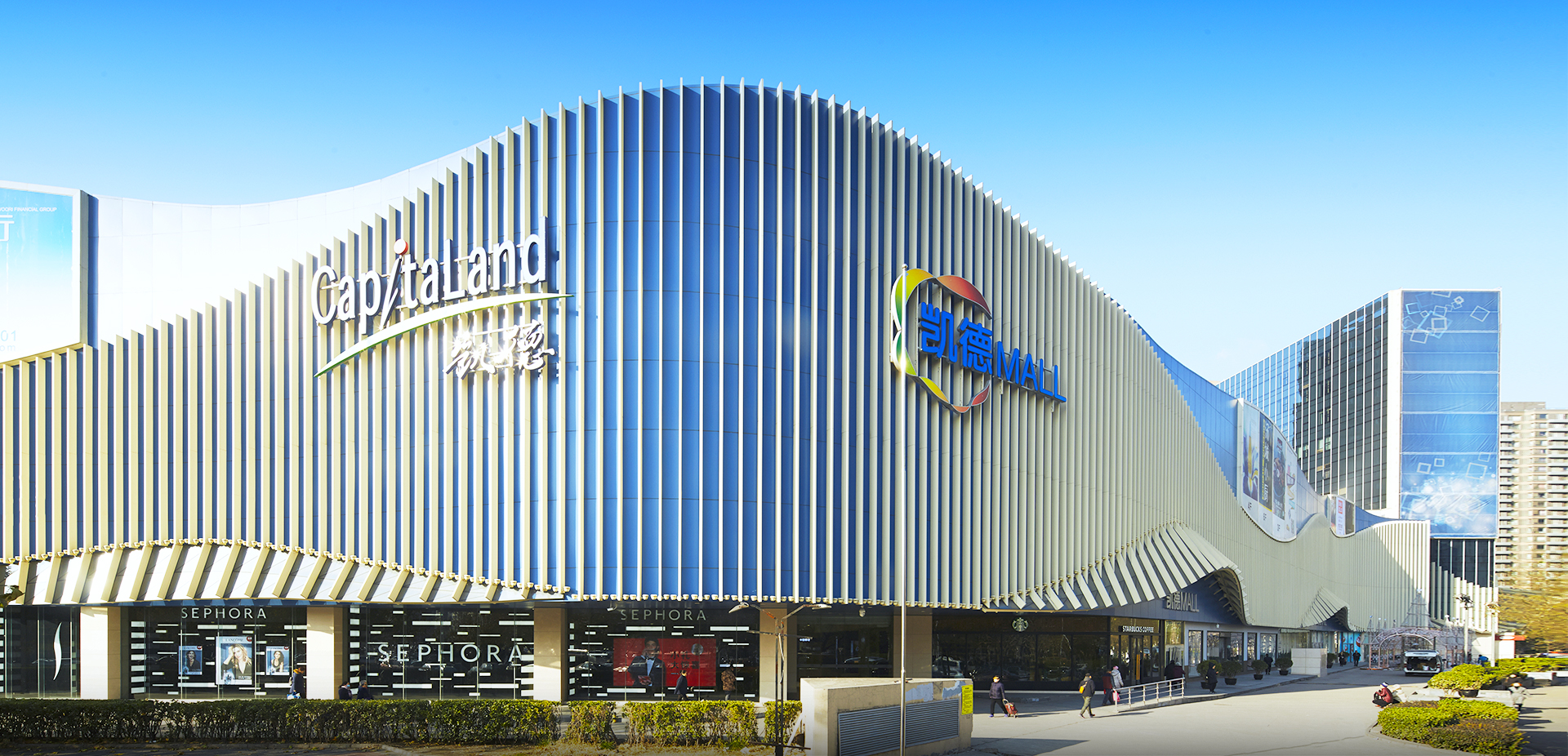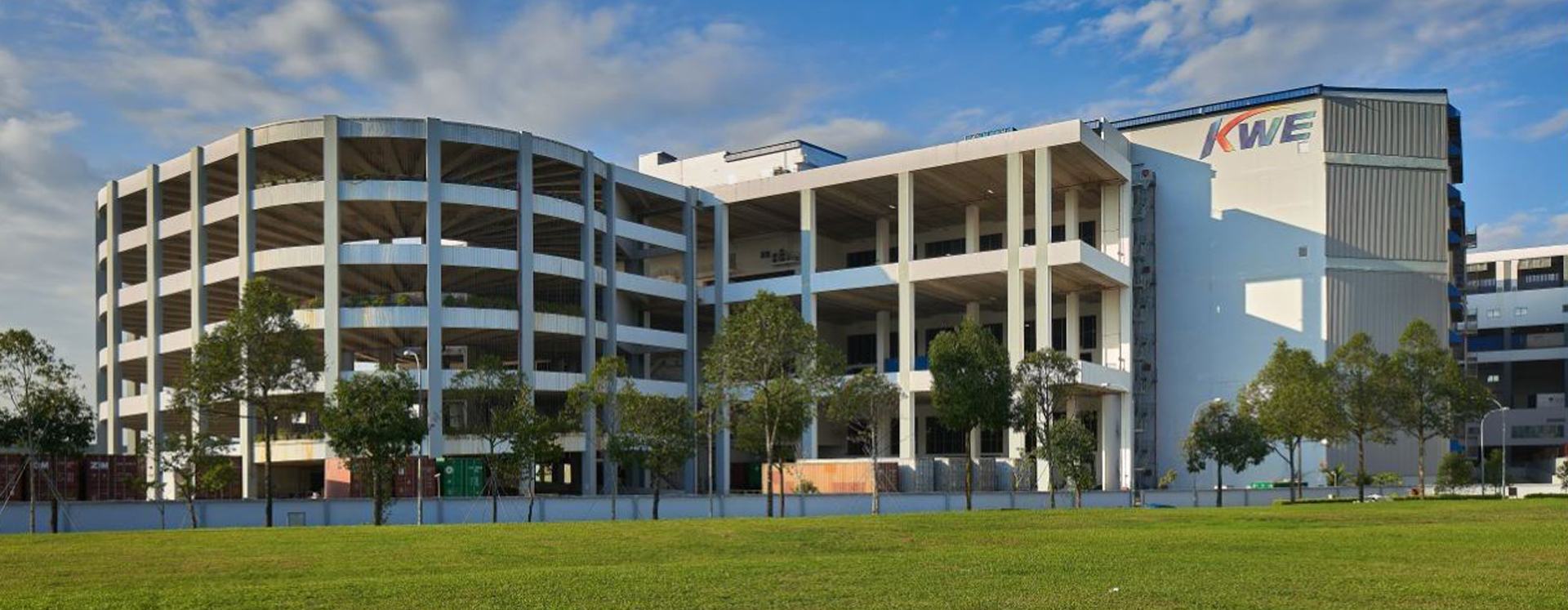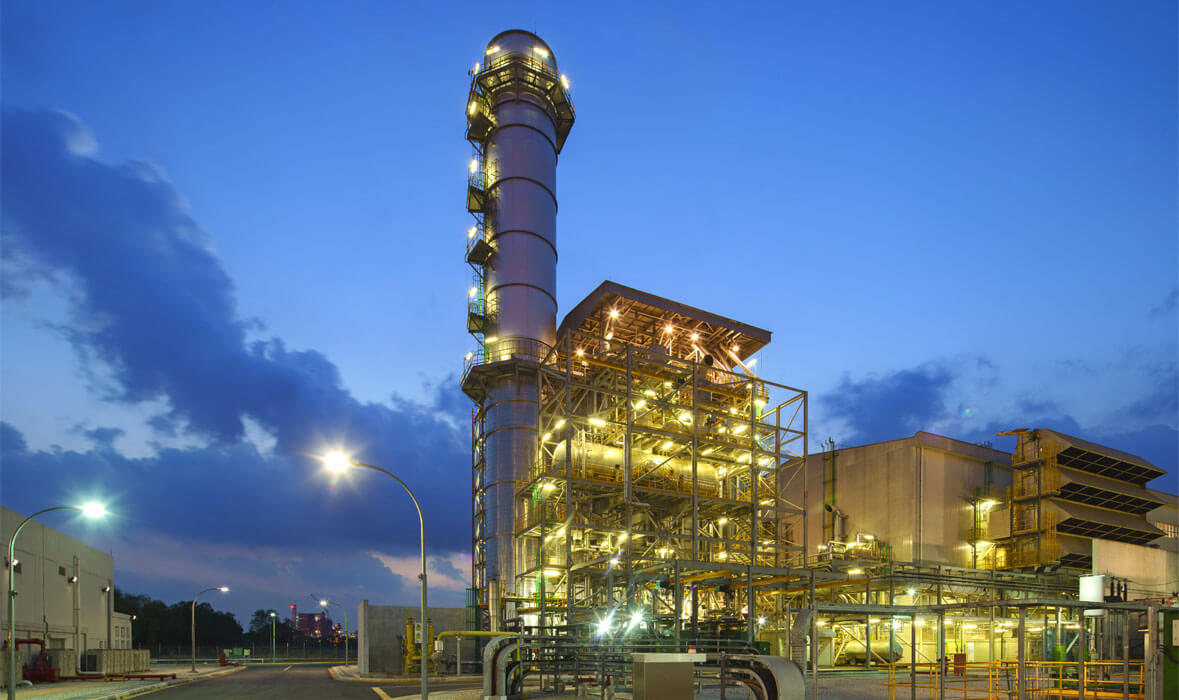On 3 February 2023, CapitaLand China Trust (“CLCT”) have announced their full year result for FY2022. The results have shown slight deteriorations, with increasing financing costs which in turn lead to a fall in DPU and interest coverage, arising from their high gearing.
There was also a temporary shock when noting that NAV has decreased in 31 December 2022. Close examination shows however that it is mainly due to foreign exchange risk, which is not unexpected as RMB have depreciated against SGD in the last 1 year. This may reverse in 2023, as China have lifted their restrictions allowing the China economy to resume operations and demand for RMB may increase. I am looking forward to see the re-bound of businesses in China in 2023.
The share price have continued to trade at a significant discount from its net asset value. This comes with little surprise due to the uncertainty of the China market, not just with lockdowns but also their financial regulations.
Website: Financial Statements And Related Announcement::Full Yearly Results
Background
CLCT is Singapore’s largest China-focused real estate investment trust (“REIT”). CLCT’s portfolio constitutes 11 shopping malls, five business parks and four logistics parks. The geographically diversified portfolio has a total gross floor area of approximately 2.0 million square metre, located across 12 leading Chinese cities. CLCT was listed on the Singapore Exchange Securities Trading Limited (SGX-ST) on 8 December 2006. The REIT’s objective is to invest on a long-term basis, in a diversified portfolio of income-producing real estate and real estate-related assets in mainland China, Hong Kong and Macau that are used primarily for retail, office and industrial purposes (including business parks, logistics facilities, data centres and integrated developments).
The portfolio of five business parks is situated in high-growth economic zones, with high quality and reputable domestic and multinational corporations operating in new economy sectors such as biomedical, electronics, engineering, e-commerce, information and communications technology and financial services. The business parks and industrial properties exhibit excellent connectivity to transportation hubs, and are easily accessible via various modes of transportation. The properties are Ascendas Xinsu Portfolio in Suzhou, Ascendas Innovation Towers and Ascendas Innovation Hub in Xi’an and Singapore- Hangzhou Science & Technology Park Phase I and Phase II in Hangzhou.
The portfolio of four high-quality modern logistics parks are located in key logistics hubs near transportation nodes such as seaports, airports and railways to serve the growing domestic logistic needs of China’s Eastern, Central and Southwest regions. Fitted with high-tech and modern features to meet a wide range of e-commerce and logistics requirements, the properties are anchored by strong domestic tenants, including China’s leading technology-driven supply chain solutions and logistics services providers. The tenants cater to a variety of sectors from logistics and warehouse, pharmaceuticals, manufacturing to e-commerce. The properties are Shanghai Fengxian Logistics Park in Shanghai, Kunshan Bacheng Logistics Park in Kunshan, Wuhan Yangluo Logistics Park in Wuhan and Chengdu Shuangliu Logistics Park in Chengdu.
CLCT is managed by CapitaLand China Trust Management Limited (“CLCTML”), a wholly owned subsidiary of Singapore-listed CapitaLand Investment Limited (“CLI”), a leading global real estate investment manager with a strong Asia foothold.
Key Metrics
Distribution Per Unit (“DPU”)
| Metrics | Current | Previous |
|---|---|---|
| Distribution Per Unit | -14.1% | No Info |
DPU for the full financial year FY2022 have decreased by 14.1% from SGD0.0873 in FY2021 to SGD0.0750 in FY2022. The decrease in DPU is more than proportionate compared to the fall is distributable amount due to the increase in number of units as at 31 December 2022. The fall in distributable income is mainly attributable to the increase in finance costs by SGD12 million, which is reflective of the current macro-environment of rising interest rates.
This metric is Unfavorable.
Occupancy
| Metrics | Current | Previous |
|---|---|---|
| Occupancy (Retail) | 95.4% | 96.7% |
| Occupancy (Business Park) | 91.4% | 94.3% |
| Occupancy (Logistics Park) | 96.4% | 96.6% |
| Overall Occupancy Average | 94.4% | 96.1% |
CLCT has 3 different types of properties and their occupancy is as above. The average occupancy rate weighted by portfolio Gross Rental Income (“GRI”) income as at 31 December 2022 stands at 94.4%. This metric is below my expected healthy occupancy rate of 95% by a small margin as is thus Neutral. It is not unexpected given that China have experienced lockdowns in 2022H2. The metric may improve moving forward as China have lifted their restrictions recently.
Website: China abandons key parts of zero-Covid strategy after protests
Gearing ratio
| Metrics | Current | Previous |
|---|---|---|
| Gearing Ratio | 39.6% | 39.3% |
Gearing ratio stands at 39.6% as at 31 December 2022 . This to me is Neutral, as while it is still a distance away from the MAS limit of 50%, their high gearing results in significant interest and less room to navigate.
Interest coverage
| Metrics | Current | Previous |
|---|---|---|
| Interest Coverage | 3.6x | 4.1x |
I have amended my analysis of the interest coverage to use the adjusted interest coverage that was provided by management. The reason is because it includes the amount reserved for distribution to Perpetual Securities holders. Although Perpetual Securities holders are a form of equity, there is a higher priority to pay them their interest due before it is distributed to the common shareholders. Thus we have to ensure there is sufficient interest coverage to satisfy their needs as well.
The adjusted interest coverage stands at 3.6 times as at 31 December 2022. The metric is Unfavorable as the interest coverage is lower than my preference of 5.0 times and seems to be worsening. Furthermore 79% of their loans are offshore which are subjected to global interest rates, and we can see their DPU is affected by the increased finance costs. This is a concern as interest rates continue to rise as the world looks to tackle inflation, and on 1 February 2023, the Federal Reserve has hiked interest rates to a range between 4.5% and 4.75%, and gave little indication it is nearing the end of this hiking cycle.
Website: Fed raises rates a quarter point, expects ‘ongoing’ increases
As the interest rate may potentially increase further, CLCT may be subjected to significant change in their cost of debt in the near future. In their presentation they have mentioned that 71% of their debt is also on fixed rates.
I have thus performed a sensitivity analysis using the information as at 31 December 2022:
| Description | Amount (SGD’000) |
|---|---|
| Total Debt | $1,950,900 |
| Debt Not Hedged (%) | 29.0% |
| Debt at Floating Rate Exposed | $565,761 |
| Distributable Income FY2022 | $125,615 |
Interest rate sensitivity analysis as below:
| Change in Interest Rates | Decrease in Distributable Income (SGD’000) | Change as % of FY2022 Distribution |
|---|---|---|
| + 50 bps | -$2,829 | -2.3% |
| + 100 bps | -$5,658 | -4.5% |
| + 150 bps | -$8,486 | -6.8% |
| + 200 bps | -$11,315 | -9.0% |
| + 250 bps | -$14,144 | -11.3% |
| + 300 bps | -$16,973 | -13.5% |
Do note the above is my estimation which may be different from management’s estimation. Nonetheless, if the interest rates were to increase by the basis points above, CLCT may experience a fall in DPU accordingly.
Debt maturity profile
| Metrics | Current | Previous |
|---|---|---|
| Debt Maturity Profile | 3.4 years | 3.5 years |
Weighted average term to maturity of their debt stands at 3.4 years as at 31 December 2022. This is Favorable and it allows them sufficient time to refinance their debts as they fall due.
Price to Book Ratio
| Metrics | Current | Previous |
|---|---|---|
| Price to Book Ratio | 0.86 | 0.69 |
The Price to Book (“P/B”) ratio currently stands at 0.86. This is computed using the closing share price of SGD1.19 on 10 February 2023 and the net asset value per share of SGD1.38 as at 31 December 2022. The metric is Favorable as you are paying at a discount to their book value.
The NAV have decreased significantly from SGD1.51 as at 30 June 2022 to SGD1.38 as at 31 December 2022. The decrease was mainly due to the stronger SGD against RMB, which RMB have weakened by approximately 10% during the past 1 year. Excluding that, there is a gain from change in fair value of investment properties of SGD67 million in FY2022. Thus this decrease is more attributable to foreign currency risks of investing in this REIT than actual pressing fundamental issues.
Dividend yield
| Year | Yield | Total |
|---|---|---|
| 2023 | 2.86% | SGD 0.034 |
| 2022 | 4.96% | SGD 0.059 |
| 2021 | 6.31% | SGD 0.075 |
| 2020 | 4.85% | SGD 0.058 |
With China re-opening up, my assumption is that the dividend payout in 2023 will likely be consistent with its first payout and overall be higher than 2022. The extrapolated expected dividend payout will be SGD0.068 for the calendar year 2023. With a closing share price of SGD1.19 as at 10 February 2023, this translates to a dividend yield of 5.72%. For my benchmark, a general reasonable range would be around an average of 5.5% to 6.5% in the current environment.
Website: Reasonable Dividend Yield 2023Q1
However, investors may require a higher return to compensate the higher risks from a China REIT listed in SGD on SGX, as seen by the decrease in valuation due to depreciation of RMB against SGD. If using dividend yield of 6.5% as a benchmark, based on the dividend of SGD0.068 there is potential for CLCT to see its share price drop by another 12.1% to SGD1.05.
| Yield | Share Price | Downside |
|---|---|---|
| Current (5.72%) | 1.19 | – |
| 6.50% | 1.05 | -12.1% |
| 7.50% | 0.91 | -23.8% |
| 8.50% | 0.80 | -32.8% |
Nonetheless, it is worth noting that interest for long-term safe assets are on a downtrend. The March 2023 Singapore Savings Bond being issued with a 10-year average interest rate of 2.90%, which is lower than the previous few months. There is a chance with the continued decrease interest rates, the required dividend yield of investor required may not be as high as before.
Website: SBMAR23 GX23030A Bond Details
The dividend yield is Neutral.
Key Things to Note
China Property Market
While the lifting of Covid-19 restrictions played a role it providing relief to the economy, the China property market is still currently facing a debt issue which may significantly affect the market. There have been good news however as just a few weeks before China scrapped its zero-Covid policy, regulators rolled out plans to aid the property market. This included credit support to debt-laden developers, extending maturities of existing loans and apparently reversing the “three red lines” rule.
Website: China’s debt bubbles and property-sector fatigue are driving risk of economic failure
In the end, the “necessary pain” from the deleveraging campaign and determination to break away from the debt-driven model in the property sector proved too much for China’s economy. Current efforts to ensure the completion and handover of unfinished projects would help reassure some prospective homebuyers. However, it is becoming harder for China to expect to simply grow out of this problem in the long run.
Globally speaking, more countries are exploring options to “reshore” or “friendshore” their supply chains in the aftermath of the pandemic, which injects a dangerous dose of uncertainty into China’s economy. Investors and businesses are still struggling from the policy flip-flopping, and it will probably take longer to revive confidence than sales numbers.
Summary
| Metrics | Financials | Rating |
|---|---|---|
| Distribution Per Unit | -14.1% | Unfavorable |
| Occupancy | 94.4% | Neutral |
| Gearing Ratio | 39.6% | Neutral |
| Interest Coverage | 3.6x | Unfavorable |
| Debt Maturity Profile | 3.4 years | Favorable |
| Price to Book Ratio | 0.86 | Favorable |
| Overall | | Neutral |
Overall, the metrics indicate that it is neutral to invest in CLCT. The recent run up in share price could be simply due to the upcoming dividend payout. The fundamentals of CLCT did not worsen significantly during this financial year, though we are starting to see the effects from rising interest rates starting to affect the financial performance.
Nonetheless, CLCT is a good investment that investors could consider for stable dividend yield as the current share price will be seen as undervalued with a strong support as it is trading below its net asset value. We may see further stability as China have lifted their Covid-19 restrictions, in turn improving the overall business climate.
When investing in the China market, it is worth noting that there tend to be heavy censorships as China controls the media. Thus, it is difficult to ascertain the actual economic conditions on the ground and investors need to take the media with a pinch of salt and extra caution. With a global recession on the horizon, the share price may continue to face downward pressure and provide better opportunities for entry.
Disclaimer: Not financial advice. All data and information provided on this site is for informational purposes only.
Previous Post
Website: CapitaLand China Trust (SGX: AU8U): 2022 Third Quarter Business Update




One thought on “CapitaLand China Trust (SGX: AU8U): 2022 Full Year Result”
Comments are closed.